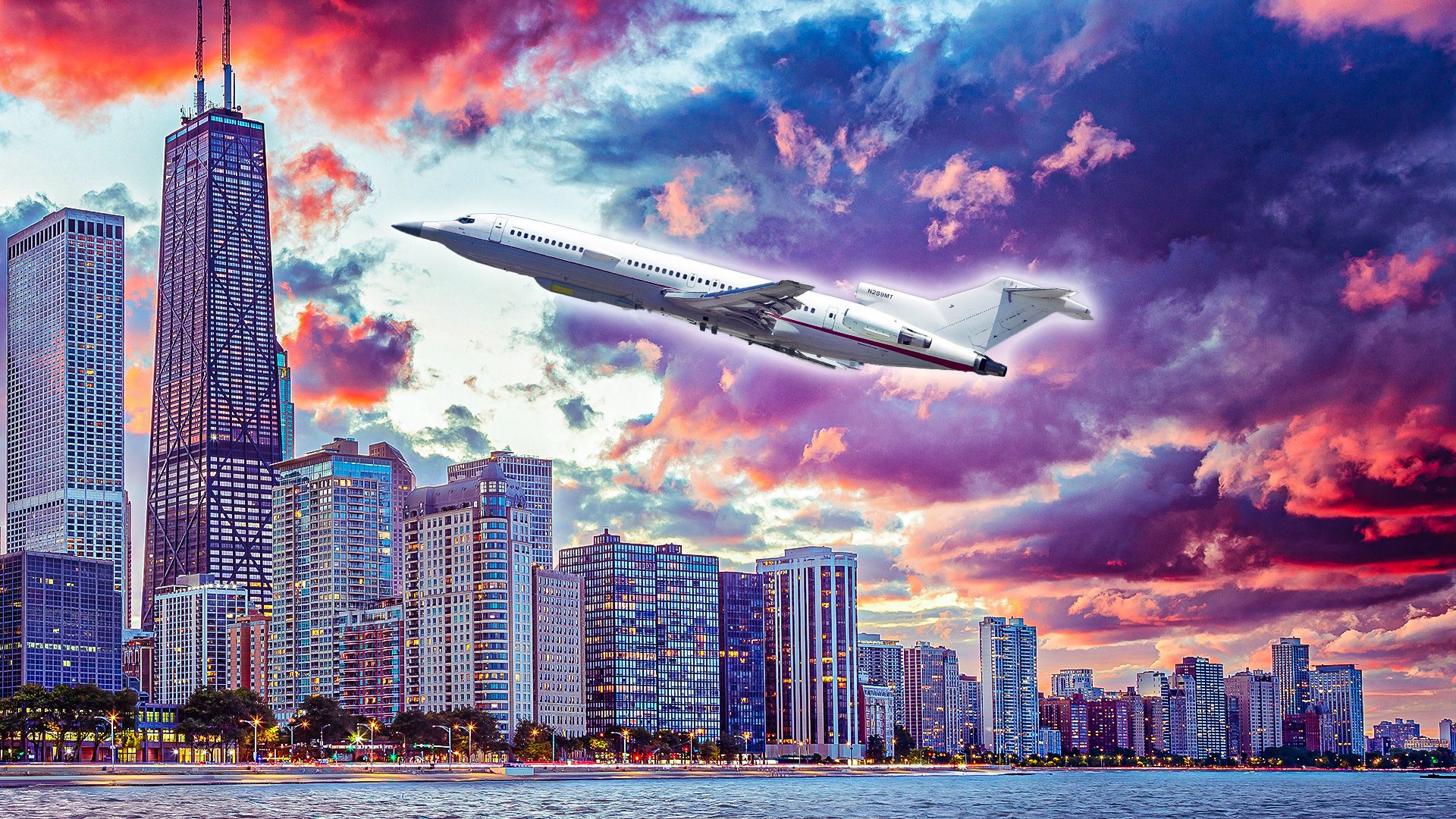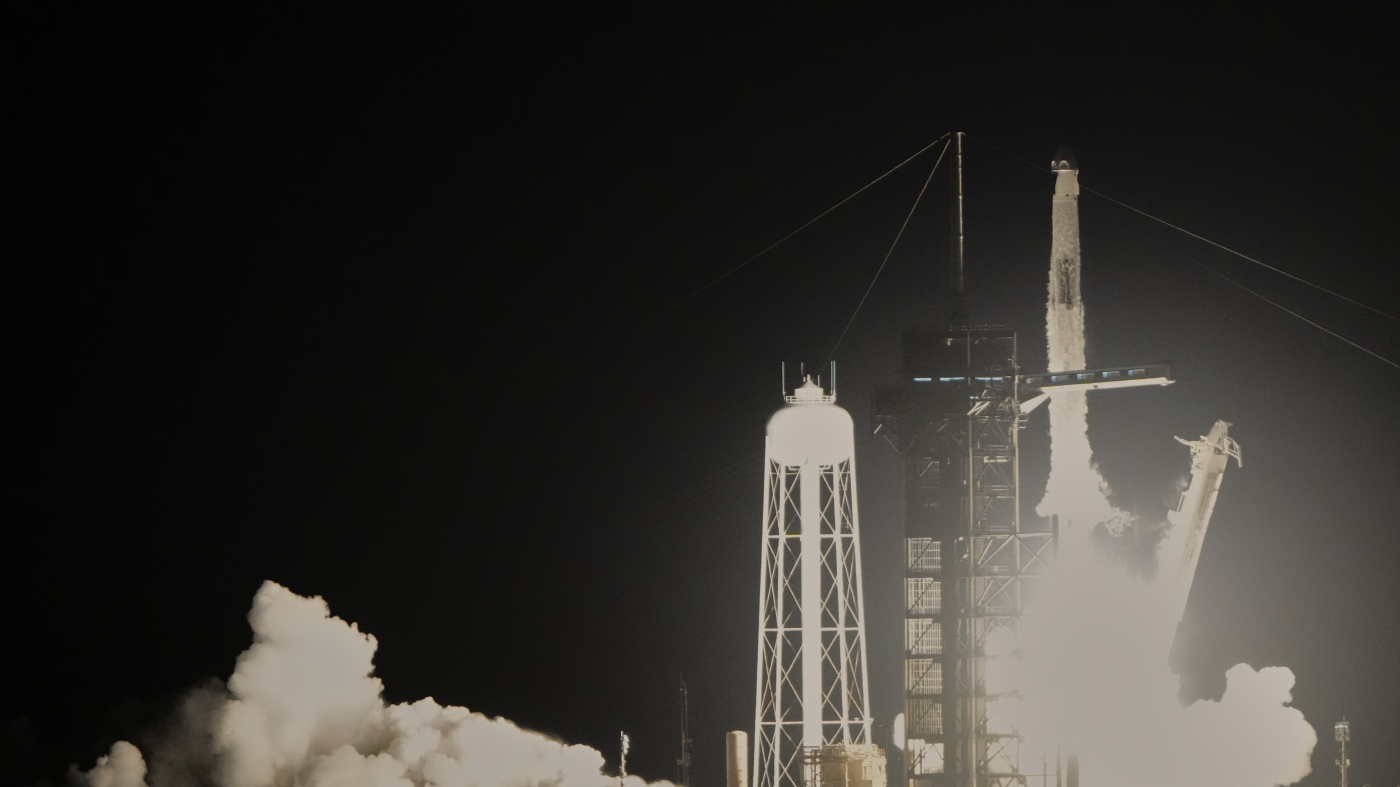Chicago’s Meigs Field Transforms into Northerly Island Park

Once a prominent part of Chicago’s aviation landscape, Meigs Field (CGX) was abruptly closed in March 2003 and has since been transformed into Northerly Island Park. This 91-acre park now serves as a testament to changing urban priorities, evolving from a bustling airport into a public green space, enriching the lives of residents and visitors alike.
From Runway to Green Space
Opened in December 1948, Meigs Field was strategically located on a manufactured peninsula along the shores of Lake Michigan. It provided pilots with extraordinary views of Chicago’s skyline and was a vital hub for business travel, private flying, and air ambulance services. The airport gained international recognition when it was featured as a default location in Microsoft Flight Simulator 2000, introducing countless users to aviation.
However, by the early 2000s, the vision for Meigs Field started to shift. Then-Mayor Richard M. Daley aimed to repurpose the land into a park, in line with the ideals of Daniel Burnham, a renowned urban planner who advocated for open lakefront access. Under the cover of darkness, construction crews executed a controversial operation to render the airport unusable, an event dubbed “Daley’s Midnight Raid.” No prior notice was given to the Federal Aviation Administration (FAA) or the public, leading to significant backlash.
The destruction was so extensive that the runway could not be repaired, forcing the permanent closure of Meigs Field. Daley justified the decision by citing safety concerns related to the September 11 terrorist attacks. This move shocked the aviation community and marked a turning point in urban aviation history.
Northerly Island’s Ecological Vision
After the closure, Chicago seized the opportunity to transform the lakefront land into a public park. The city’s vision was to honor Burnham’s legacy of an open and accessible lakefront. By 2005, the demolition was complete, and the landscaping began, focusing on ecological restoration.
Northerly Island Park features wetland systems, migratory bird habitats, and walking trails that replaced the former airport infrastructure. Collaboration between the city and environmental groups, along with the architecture firm Studio Gang, helped create a space that prioritizes climate resilience and biodiversity.
The park boasts a five-acre lagoon, rolling hills, and pathways for pedestrians and cyclists. While the southern half remains a tranquil nature area, the northern section is home to the Huntington Bank Pavilion, a seasonal concert venue that attracts thousands of visitors. Additionally, a planetarium enriches the park’s offerings.
Despite some criticism regarding the lack of shade and mature trees, many visitors appreciate the expansive views and recreational opportunities available at Northerly Island. The transformation reflects a broader trend toward ecological reclamation in urban planning.
The legacy of Meigs Field endures, serving as a poignant reminder of the balance between infrastructure needs and environmental priorities. For aviation enthusiasts, Meigs was more than just a runway; it was a cherished symbol of access to urban centers. Its abrupt closure has been interpreted by many as a significant loss, marking the end of an era for general aviation in Chicago.
As cities continue to evolve, the story of Meigs Field highlights the complexities involved in land use decisions. Urban planners and policymakers must navigate the delicate balance between preserving historical infrastructure and meeting contemporary needs.
The question remains: could a facility like Meigs Field ever return? While the demand for urban real estate continues to grow, the regulatory landscape has tightened, making the establishment of new airports in urban areas increasingly difficult. Modern aviation trends favor larger facilities, such as Chicago’s O’Hare International Airport, and the costs associated with private aviation are at an all-time high.
In conclusion, Northerly Island Park stands as a symbol of adaptation and resilience. While the airport may never return, the narrative of Meigs Field serves as a lesson in urban development and community value. As the park matures and continues to host diverse events, it embodies a new vision for urban spaces—one that champions sustainability and public accessibility.






